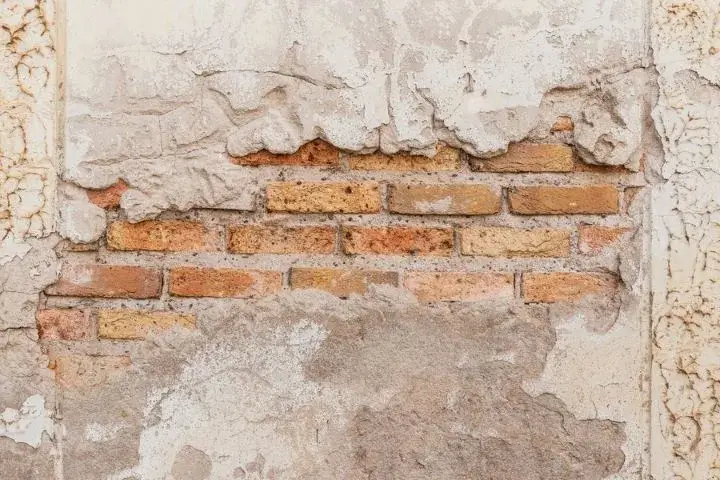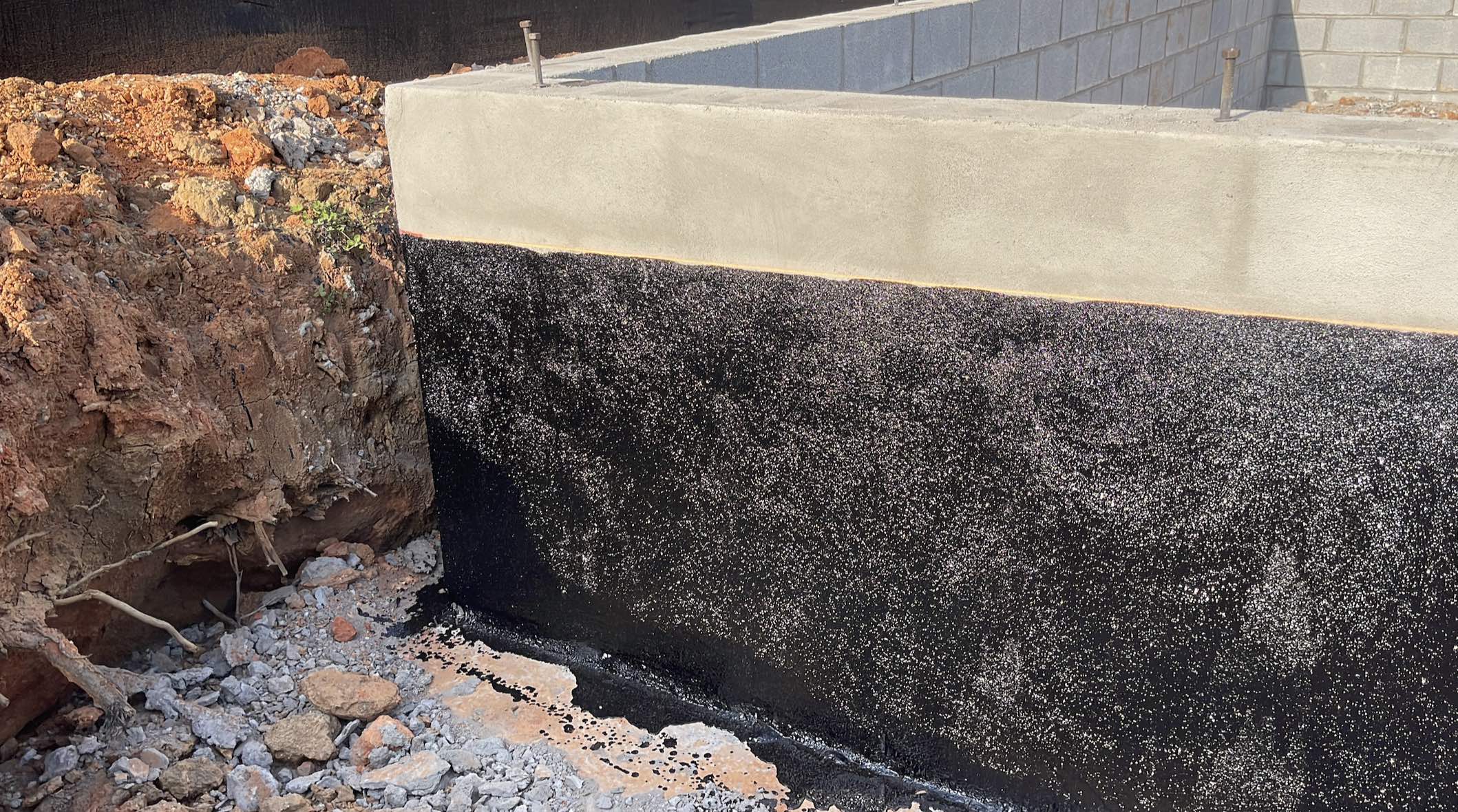How mould removal newcastle can protect your indoor air quality
How mould removal newcastle can protect your indoor air quality
Blog Article
Discovering the Various Methods and Solutions for Effective Damp Proofing
Wetness in buildings presents substantial challenges to both architectural honesty and interior air top quality. Various techniques and solutions have emerged to fight this prevalent issue. From standard damp-proof membrane layers to ingenious chemical therapies, each method uses distinct benefits. Comprehending these choices is vital for efficient wetness control. Nonetheless, picking the ideal service depends upon particular building conditions and needs, triggering further exploration into the most efficient moist proofing methods readily available.
Comprehending the Reasons For Dampness
Although wetness can develop from different sources, understanding these reasons is essential for reliable removal. Commonly, wetness originates from three primary resources: increasing moist, penetrating wet, and condensation. Increasing damp takes place when groundwater takes a trip up-wards through permeable materials, such as block or stone, commonly because of an absence of an efficient barrier (mould removal newcastle). Permeating damp is commonly triggered by external variables, including roofing leakages, faulty rain gutters, or harmed wall surfaces, allowing water to penetrate a building. Condensation, on the other hand, results from excess moisture in the air, often worsened by poor air flow and temperature level differences, bring about water beads forming on surface areas. Recognizing these underlying problems is crucial, as each kind of wetness requires a tailored strategy for removal. Proper evaluation assists in determining the most effective services, eventually protecting the architectural honesty of a building and enhancing indoor air top quality
Conventional Damp-Proof Membrane Layers

Chemical Damp-Proofing Solutions
Chemical damp-proofing services supply a cutting-edge strategy to avoid wetness breach in structures. These methods normally entail the application of fluid chemicals that pass through stonework and create an obstacle versus climbing moist. Frequently utilized chemicals include silanes, siloxanes, and other water-repellent agents that respond with surface area materials to develop a hydrophobic layer.The application process normally requires exploration holes into the walls, infusing the chemical option, and allowing it to heal. This technique is particularly beneficial for older structures where typical damp-proof membrane layers may be impractical. Chemical damp-proofing can be much less disruptive and more cost-efficient than substantial remodelling projects.While effective, these solutions depend on correct application and environmental problems for peak performance. damp removal newcastle. Normal upkeep and monitoring are vital to assure the long life of the damp-proofing treatment. On the whole, chemical damp-proofing represents a functional option for guarding buildings versus moisture-related damages
Dental Caries Wall Building Techniques
Dental caries wall construction methods supply various benefits, specifically in moisture control and power performance. By integrating an air gap between two layers of stonework, these wall surfaces efficiently minimize water ingress while improving insulation. This mix not only shields structures from moisture yet additionally adds to lowered power usage.
Benefits of Dental Caries Walls
When taking into consideration effective damp proofing approaches, the advantages of dental caries wall surfaces attract attention plainly. Tooth cavity walls include two different layers, producing an air gap that successfully minimizes wetness infiltration. This layout reduces the risk of moisture, as the outer wall serves as a barrier against rain and water ingress. Furthermore, tooth cavity walls enhance thermal insulation, which adds to energy efficiency by lowering heat loss. They also give sound insulation, aiding to create a quieter interior setting. The air space enables for ventilation, which assists in dampness control and minimizes the likelihood of mold and mildew development. These benefits not just boost the overall convenience of a structure however additionally add to its durability and structural stability.
Moisture Control Approaches
Efficient moisture control methods are vital in tooth cavity wall surface building to assure long-term defense against moisture. One key method includes the incorporation of weep openings, which facilitate water drainage from the dental caries, avoiding buildup. Additionally, making use of breathable membrane layers can aid handle dampness levels while enabling caught vapor to run away. Proper placement of insulation is additionally crucial, as it must not block drainage paths. Additionally, ensuring that the outer fallen leaves of the dental caries wall are built with water-resistant materials improves total sturdiness. Regular maintenance checks are necessary to recognize any kind of clogs or damages early, guarding the structure's integrity. Eventually, a combination of these strategies creates a durable defense against dampness breach in cavity walls.
Insulation and Power Efficiency
Insulation plays a vital role in boosting power performance within tooth cavity wall surface construction. By incorporating shielding materials, these wall surfaces develop a thermal obstacle that decreases warmth loss and minimizes energy consumption. Effective insulation not just aids preserve a steady indoor temperature level yet likewise alleviates the risk of dampness, as it protects against condensation within the wall surface tooth cavity. Various techniques, such as the usage of stiff foam boards or mineral wool, can be used to accomplish excellent insulation performance. Additionally, appropriate installation is vital to guarantee that gaps and voids are minimized, which can otherwise compromise power performance. Ultimately, a well-insulated dental caries wall contributes significantly to overall sustainability and decreases home heating and cooling prices for house owners.
Exterior Damp Proofing Approaches
Outside damp proofing approaches are necessary for safeguarding frameworks from wetness infiltration. 2 effective strategies consist of the application of water resistant membrane layers and the installation of French drains pipes. These services aid mitigate water build-up and preserve the stability of structures.
Waterproof Membrane Layer Application
While various techniques check here exist for preventing wetness access, the application of water resistant membrane layers remains an extremely reliable external wet proofing strategy. These membranes are commonly made from materials such as polyethylene, rubber, or changed bitumen, supplying a robust barrier versus water infiltration. The setup procedure includes applying the membrane to the exterior surfaces of structures or wall surfaces, ensuring complete protection to stop leaks. Appropriate attachment and sealing at joints are vital to taking full advantage of efficiency. Water-proof membrane layers can be used in numerous forms, including liquid finishes and sheet membrane layers, enabling flexibility based on the certain needs of the structure. This approach not just safeguards buildings from moisture yet additionally enhances their longevity and architectural stability.
French Drain Installment
One effective approach for taking care of groundwater and protecting against wetness accumulation around a building's foundation is the setup of a French drain. This drainage system includes a trench loaded with gravel and a perforated pipeline that redirects surface water away from the structure. Correct installment needs mindful preparation, making sure that the drain inclines away from the framework to promote ideal water circulation. In addition, the place of the drain is essential; it needs to be positioned in areas susceptible to pooling or excess dampness. Routine maintenance, consisting of cleaning debris from the crushed rock and ensuring the pipeline stays unobstructed, is important for lasting efficiency. Ultimately, a well-installed French drainpipe can considerably decrease the risk of water-related concerns in structures and cellars.
Interior Waterproofing Techniques
Inside waterproofing approaches are essential for securing a building's inside from dampness infiltration and prospective water damages. These strategies typically entail the application of specific materials and strategies designed to develop a dampness obstacle within the framework. One typical approach is using water-proof coatings or sealers on wall surfaces and floors, which avoid dampness from penetrating surfaces.Additionally, setting up indoor water drainage systems, such as sump pumps, can efficiently handle water buildup in basements and creep spaces. One more approach involves the usage of vapor obstacles, which are installed to prevent dampness movement from the ground right into living spaces.Moreover, dealing with any type of cracks or voids in walls or foundations with ideal sealants guarantees a detailed defense against water breach. By applying these interior waterproofing methods, homeowner can significantly minimize the threat of mold and mildew growth, structural damage, and various other moisture-related concerns. Correct implementation of these strategies is essential for long-term defense and structure honesty.
Normal Upkeep and Assessment Practices
Normal upkeep and assessment methods are crucial for ensuring the long-lasting efficiency of damp proofing services in any building. Regular checks make it possible for home owners to identify very early indicators of wetness invasion, such as peeling paint, mold development, and mildewy smells. These signs can indicate underlying concerns that call for prompt attention.Inspections should be conducted at the very least every year, concentrating on at risk locations like basements, creep areas, and exterior wall surfaces. Throughout these evaluations, homeowner need to examine sealers, drain systems, and air flow to confirm they work correctly.Additionally, preserving downspouts and rain gutters is vital, as clogged systems can lead to water buildup near the foundation. Executing a regular upkeep timetable, together with prompt repair work, can substantially extend the life-span of damp proofing procedures and safeguard the structural integrity of the structure. Aggressive procedures inevitably add to the overall health and safety of the living atmosphere.
Often Asked Inquiries
How Much Time Does Damp Proofing Typically Last?
The period of moist proofing effectiveness varies, typically lasting between 20 to half a century. Variables such as application high quality, environmental problems, and upkeep methods greatly influence the durability of the wet proofing therapy.

Can I Damp Evidence My Home Myself?
The private considered the expediency of DIY damp proofing. With proper study and the appropriate materials, it is feasible. Nevertheless, they additionally acknowledged the importance of specialist guidance to guarantee long-lasting efficiency and prevent future problems.
What Are the Indicators of Inefficient Damp Proofing?
Indicators of ineffective moist proofing consist of relentless moldy smells, noticeable mold growth, peeling off paint, damp patches on walls, and wood degeneration - damp proofing newcastle. Property owners must address these issues without delay to avoid additional damages and wellness concerns
Does Damp Proofing Affect Indoor Air Quality?

Just How Much Does Specialist Damp Proofing Cost?
Expert damp proofing costs differ considerably, typically ranging from $1,000 to $5,000 depending upon the residential or commercial property's size, the extent of the moist problem, and selected methods. Each situation requires a tailored assessment for accurate pricing. Generally, dampness stems from 3 primary sources: increasing wet, penetrating damp, and condensation. When thinking about reliable wet proofing methods, the advantages of tooth cavity wall surfaces stand out plainly. Exterior damp proofing techniques are essential for safeguarding structures from wetness infiltration. While different methods exist for protecting against wetness ingress, the application of water resistant membrane layers stays an extremely efficient outside wet proofing method. Indicators of ineffective wet proofing include persistent musty smells, visible mold development, peeling off paint, wet patches on walls, and timber decay.
Report this page